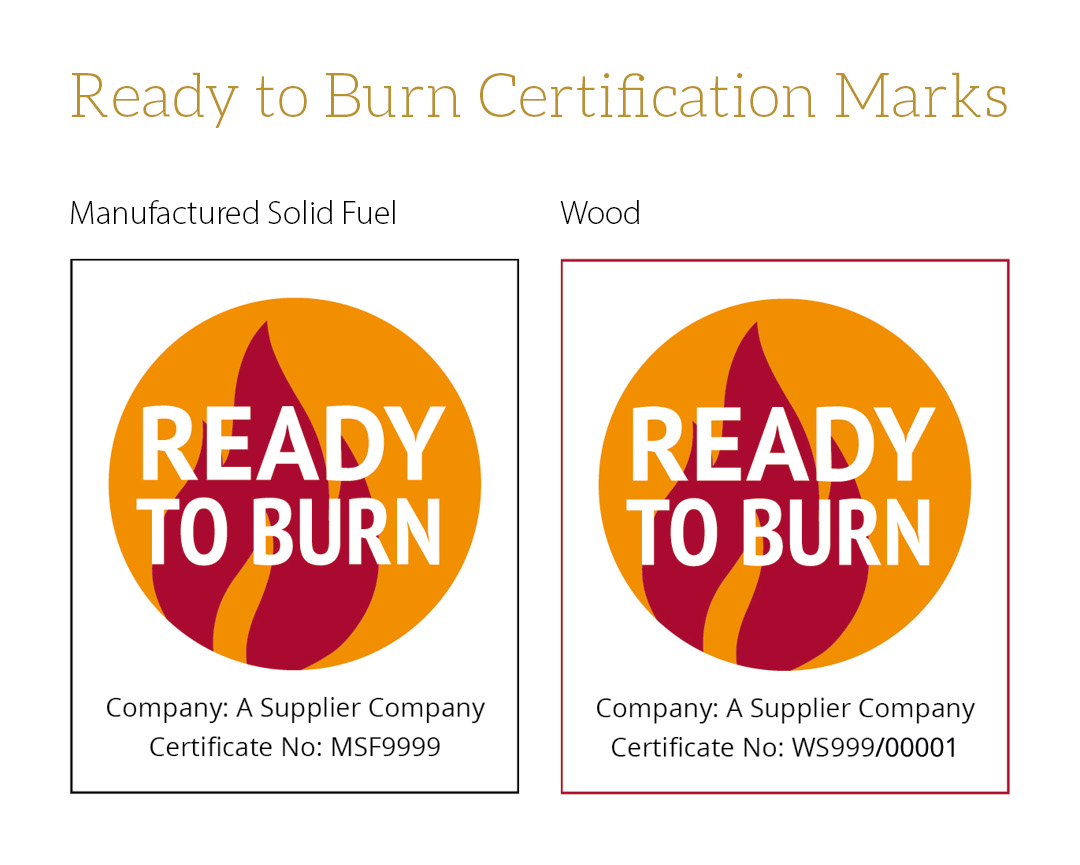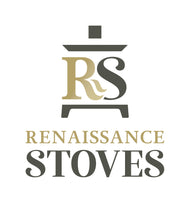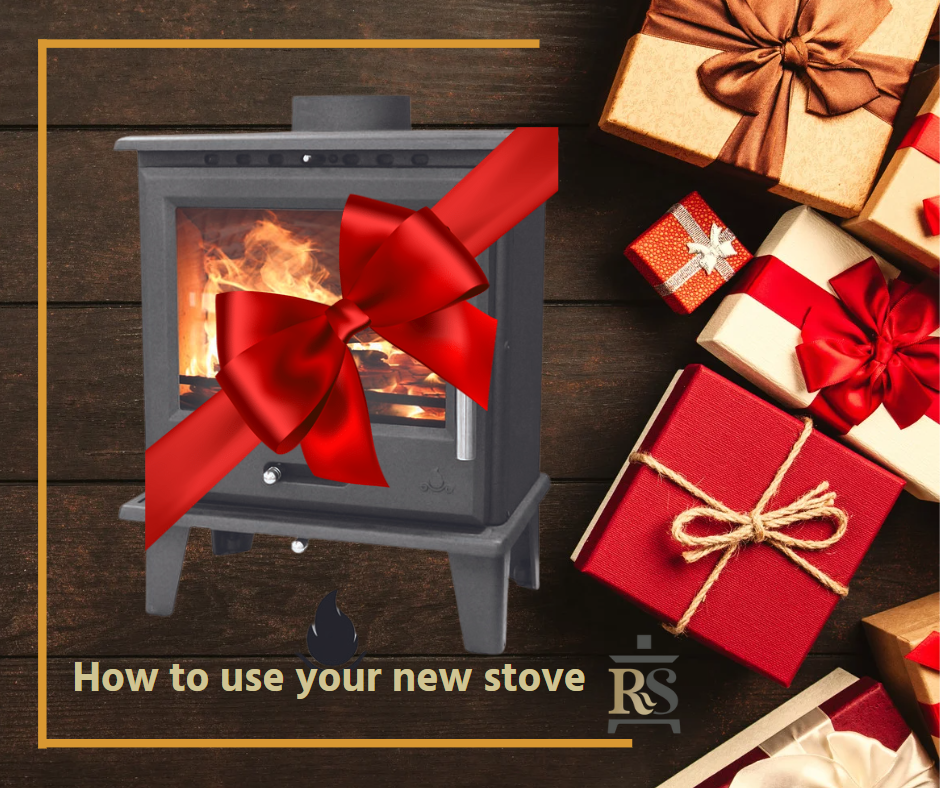For many homeowners who have recently purchased a stove, including many of our clients, this is their first ever stove they have owned and operated. For many they are obviously nervous about operating the stove, and dealing with naked flames. When our team of HETAS qualified installers fit a stove part of the service is the hand over. This is when the engineer instructs the home owner on how to safely and successfully operate their newly purchased stove. The engineer will also go through the Dos and Don'ts of best practice when using their stove.
DO read the stove manual accompanying your stove to familiarize yourself with your new product. Attention should be paid to the air controls, which operate the stove and the positions they should be for lighting, burning, and reloading.
DO- it is good practice to use stove gloves when operating your appliance, as everything will be hot.
What fuel is best?
DO buy logs and kindling from a recommended dealer/retailer. Logs and kindling should have a maximum moisture content of 20%, but ideally wood should have a moisture content of between 12-14%. You can test the moisture content of your logs using a moisture meter, these are inexpensive and easy to use. Click here to read about the use of moisture meters and advice from HETAS.
DONT be tempted to use treated or scrap wood this will damage both the stove and liner invalidating the warranty on both. A wood burning stove should last for many years, but is very dependent on the quality of wood used. Information about the ready to burn scheme backs up the need to ensure quality fuel is used in domestic homes.

For multifuel stoves
DO use HETAS approved smokeless fuel or wood (as described above).
DON'T burn wood and smokeless fuel together, as this produces clinker (when coal and ash fuses together) that will block your flue. You can burn each fuel down to the embers and then swap, but don't use the fuels together.
How to light your stove?
DO use the top-down method this is the best way to light a stove. This method creates a clean burn for preheating the flue and produces limited smoke. It also helps reduces the creation of a cold plug in the flue, a cold plug is when cold air is trapped in the flue and this invisible barrier pushes smoke back down into the stove and home.

- Place 2 small logs on the base of the stove or a good layer of approved smokeless fuel.
- Place 3-4 kindling sticks on top of the fuel to create a floor and then place 2 firelighters on top of the floor.
- Place kindling around the firelighters, building a cage 2-3 layers high.
- Place 2 firelighter on top of the pile and light leaving the door ajar for 1-2 minutes- DON'T leave unattended at this stage.
- Once the kindling is burning close the door and leave the air controls at the position for lighting (see stove manual) for 20 minutes. This gives sufficient time for the logs to catch.
- Add more fuel and allow this to establish for 5-10 minutes before adjusting the air controls to burn (see manual) More air produces more heat less air reduces the ignition and gives a longer burn time.
- Adding additional fuel. It is important that you wait for the flames to die down and heat in the ember bed is established. Adjust the air controls for reloading (see manual) before opening the door this will ensure smoke does not pull back into the room. When adding fuel ‘little and often’ is best otherwise the fire can be suffocated and go out. Allow the fuel to establish before adjusting the air controls back to burn. (see manual)
- An efficient, economical and clean burn is ensured when you have a visible flame and warm ember bed. Every stove and flue system performs differently and weather conditions can affect the stove’s performance. Once you have got used to operating your stove DO learn what positions work best for your model.

